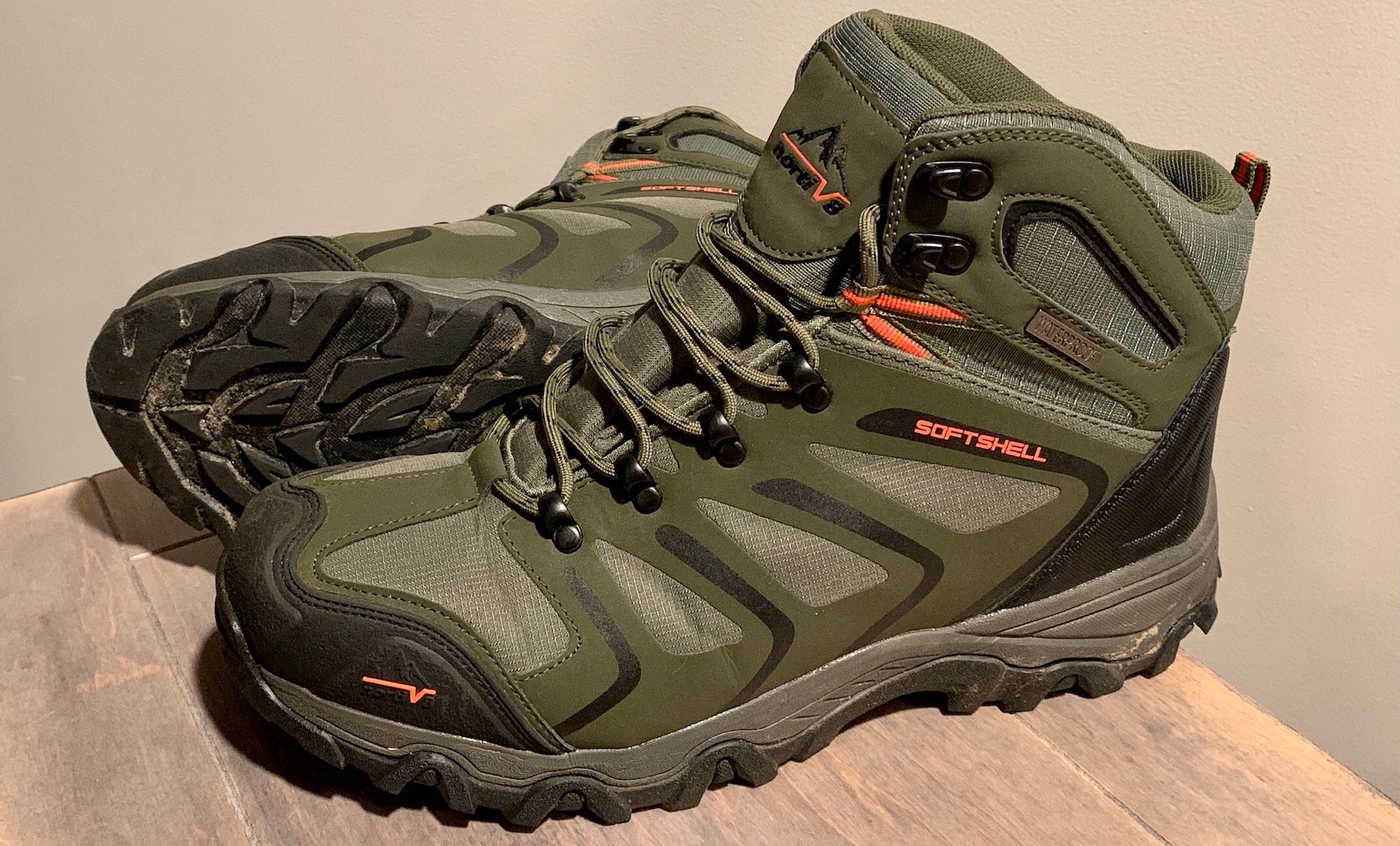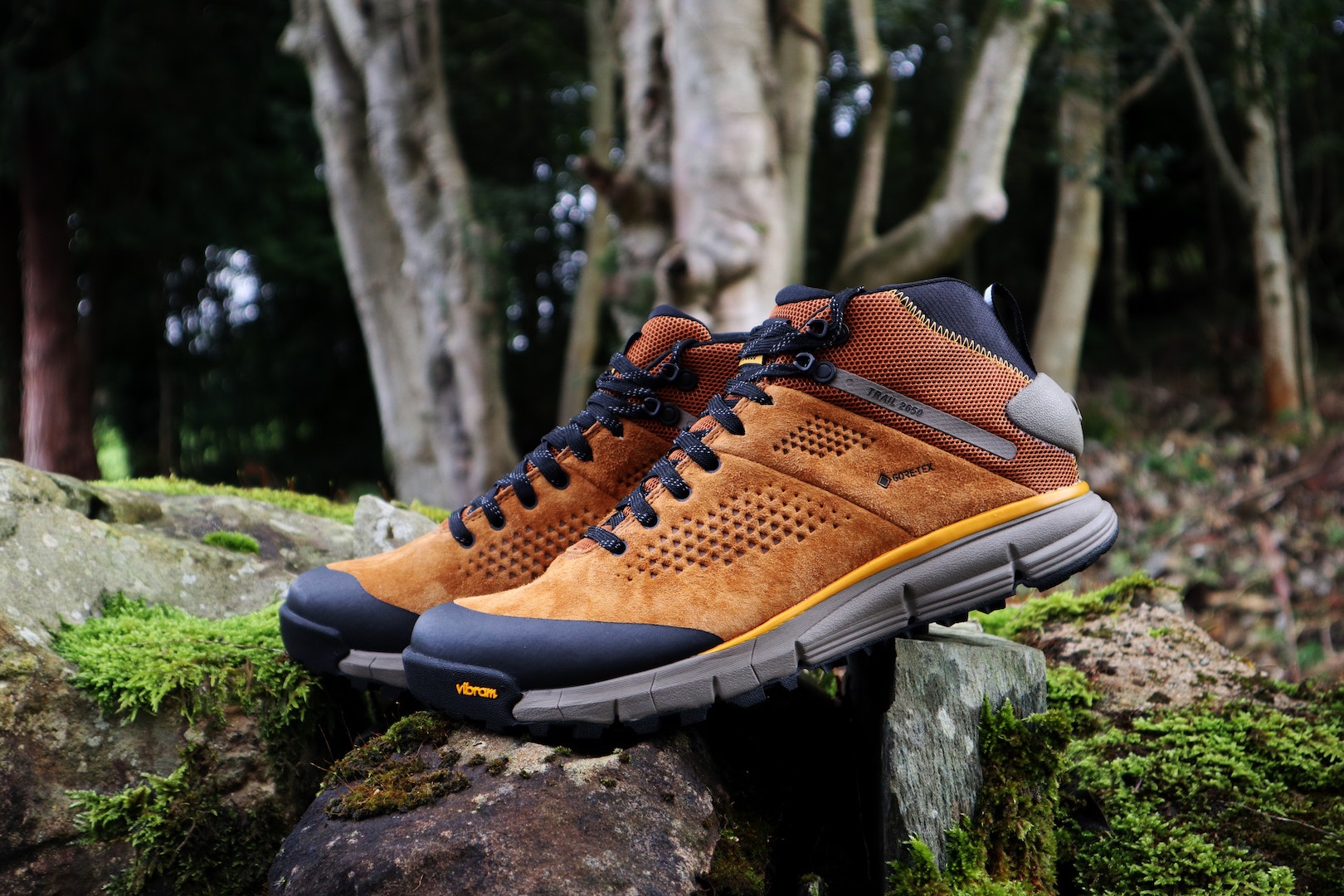Hiking boots are the unsung heroes of outdoor exploration, providing the essential foundation that empowers adventurers to conquer rugged terrain, navigate challenging trails, and immerse themselves in the natural world. However, before these robust and reliable footwear companions can become your trusted allies, they must undergo a crucial process: breaking in.
The art of breaking in hiking boots is a crucial step that often separates the seasoned outdoor enthusiasts from the novices. By taking the time to properly break in your new boots, you can ensure a seamless and comfortable transition from the shop to the trail, minimizing the risk of blisters, hot spots, and other foot-related issues that can derail your outdoor adventures.
Understanding the Importance of Breaking In Hiking Boots
Breaking in hiking boots is more than just a matter of comfort; it’s a critical step in ensuring the longevity and performance of your footwear. By gradually molding the boots to the unique contours of your feet, you can unlock their full potential and create a personalized, supportive fit that will serve you well on the trail.
Preventing Blisters and Hot Spots
One of the primary reasons for breaking in hiking boots is to prevent the formation of blisters and hot spots. These painful and potentially debilitating issues can arise when the boots are too stiff, ill-fitting, or not properly adapted to the shape of your feet.
By gradually breaking in your new boots, you can soften the materials, mold the footbed to your feet, and create a smooth, friction-free interface that minimizes the risk of blisters and hot spots, ensuring a comfortable and enjoyable hiking experience.
Improving Comfort and Support
Breaking in hiking boots also plays a crucial role in enhancing overall comfort and support. As the boots become more malleable and conform to the unique contours of your feet, they provide a tailored fit that improves stability, reduces foot fatigue, and helps to prevent common foot-related issues, such as arch pain and heel discomfort.
This improved comfort and support can be particularly crucial when navigating challenging terrain, as it helps to maintain control, reduce the risk of injury, and ultimately, improve your overall hiking performance.
Extending the Lifespan of Your Boots
Properly breaking in your hiking boots can also contribute to the longevity of your footwear. By gradually molding the materials and allowing them to adapt to the shape of your feet, you can minimize the premature wear and tear that can occur when boots are used without the proper break-in period.
This extended lifespan not only saves you money in the long run but also allows you to forge a deeper connection with your trusted hiking companions, building a relationship that can last for many outdoor adventures to come.
The Step-by-Step Process of Breaking In Hiking Boots
Breaking in hiking boots is a gradual and intentional process that requires patience, diligence, and a keen awareness of your feet’s needs. By following a step-by-step approach, you can ensure a smooth and successful transition from new boots to trusted outdoor companions.
Step 1: Start Slow
Begin the break-in process by wearing your new hiking boots for short periods of time, such as around the house or on short, easy walks. This allows the materials to gradually soften and mold to the shape of your feet without overwhelming them with too much activity too soon.
As you progress, gradually increase the duration and intensity of your wear, paying close attention to any areas of discomfort or potential hot spots.
Step 2: Incorporate Shorter Hikes
Once you’ve acclimated to wearing your new boots for short periods, start incorporating them into your hiking routine. Begin with shorter, less demanding trails, gradually increasing the distance and terrain difficulty as your boots and feet adapt to the activity.
During these shorter hikes, be vigilant for any signs of discomfort, such as rubbing, pinching, or pressure points, and address them immediately to prevent the development of blisters or other issues.
Step 3: Tackle Longer, More Challenging Hikes
After successfully breaking in your boots on shorter hikes, you can confidently tackle longer, more challenging trails. By this point, your boots should have conformed to the unique shape of your feet, providing a comfortable and supportive fit that allows you to explore the great outdoors with confidence.
Remember to continue monitoring your feet for any signs of discomfort, and be prepared to make minor adjustments to your lacing or wearing techniques as needed.
Step 4: Maintain and Care for Your Boots
Proper maintenance and care are essential for ensuring the longevity of your broken-in hiking boots. This includes regularly cleaning, conditioning, and waterproofing the materials, as well as inspecting for any signs of wear or damage.
By dedicating time and attention to the ongoing care of your boots, you can extend their lifespan and maintain the comfortable, supportive fit you’ve worked hard to achieve.
Troubleshooting Common Issues During the Break-In Process
Despite your best efforts, you may encounter some challenges during the break-in process. By recognizing and addressing these issues promptly, you can ensure a smooth and successful transition to your new hiking boots.
Blisters and Hot Spots
If you experience the formation of blisters or persistent hot spots, take immediate action to address the problem. This may involve adjusting your lacing technique, applying blister-prevention treatments, or even taking a break from wearing the boots until the affected area has had a chance to heal.
Heel Slippage
Heel slippage, where the foot slides back and forth within the boot, can be a common issue during the break-in process. To combat this, try tightening the laces in the ankle and heel area, or consider incorporating a heel lock lacing technique to provide additional support and stability.
Arch and Foot Discomfort
If you experience persistent discomfort in the arch or other areas of the foot, it may be an indication that the boot’s fit is not quite right. Consider adding a custom insole or footbed to provide the necessary support and cushioning, or explore alternative lacing techniques to alleviate the pressure points.
Conclusion: Embracing the Journey of Breaking In Hiking Boots
The process of breaking in hiking boots is a crucial step in ensuring a seamless and comfortable transition from the shop to the trail. By understanding the importance of this process, mastering the step-by-step approach, and troubleshooting any common issues that may arise, hikers can unlock the full potential of their footwear and embark on a lifetime of rewarding and confident outdoor adventures.
Breaking in hiking boots may require patience, diligence, and a keen awareness of your feet’s needs, but the payoff is well worth the effort. By taking the time to properly mold your boots to the unique contours of your feet, you can minimize the risk of blisters, hot spots, and other foot-related issues, and enjoy a level of comfort and support that will empower you to conquer even the most challenging terrain.
As you lace up your hiking boots and set out on your next outdoor excursion, remember that the journey of breaking them in is an essential part of the adventure. Embrace the process, trust your instincts, and let your well-broken-in boots carry you to new heights of exploration and discovery in the great outdoors.
